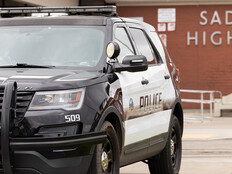“E911 is 911 on a legacy system. The main features are the callback number and the caller’s location,” says Harriet Rennie-Brown, executive director at the National Association of State 911 Administrators. Both features help to ensure timely and effective emergency response.
NG911 goes further. “It uses public safety-grade IP, ESInet, or Emergency Services IP Network,” she says. “It still brings in caller location and the caller’s callback number, but now that it’s on IP, it can carry more data.”
With NG911, “you actually send a payload of data,” says Mark Fletcher, northeast regional director of NENA.
That feed can include details that help emergency responders to know where they are headed and what kind of situation they’re going to find when they get there. “This is who I am, this is where I am, this is what’s going on,” Fletcher explains. “Here are some video camera feeds, here’s a floor plan of the building, and here’s a web URL to get into an interactive control panel where you can unlock doors, page over the PA system and take complete remote control of my building.”
MORE ON SCHOOL SAFETY: Visitor management systems give schools access control.
How Can Schools Navigate New 911 Technologies?
Schools can only move to NG911 when their local 911 systems have gone digital, and states are at varying degrees of adoption. “In Michigan, about 90% of the 911 centers are IP based,” while other states are still in the early stages, Rennie-Brown says.
To gear up for NG911, “you can work with your local emergency response center to make sure you have information in a way they can use it,” she adds. For example, this might mean formatting location data in a way that can be easily consumed by first responders.
Schools can also preload that location data, along with other relevant information, into local first responder systems. This helps to ensure that when NG911 does arrive, such data is readily available.












